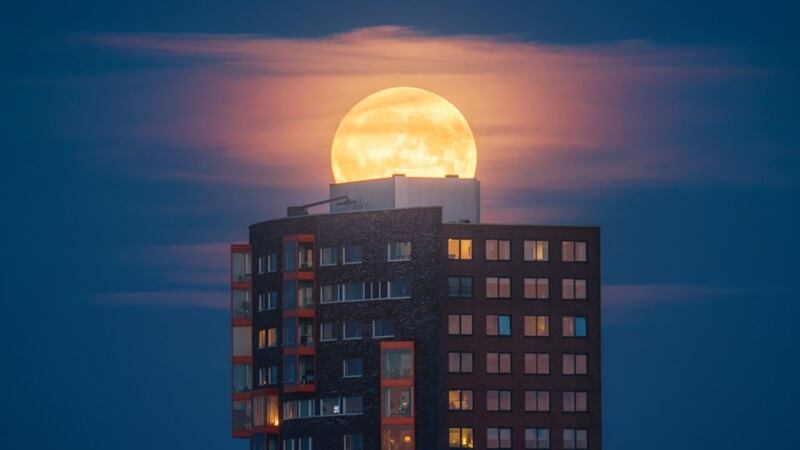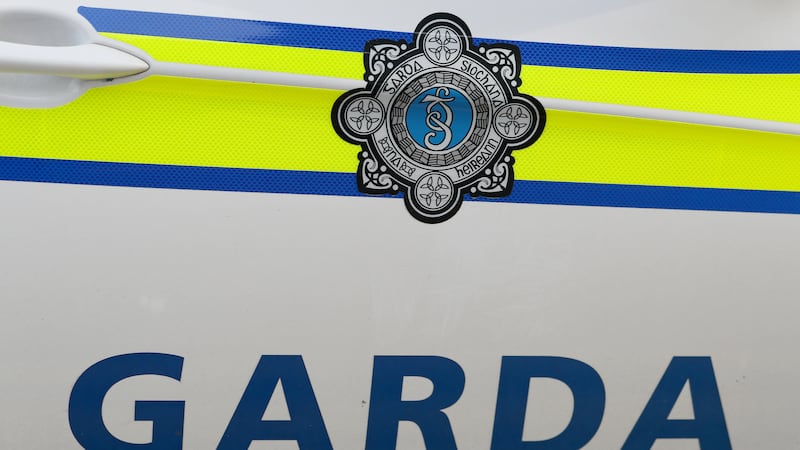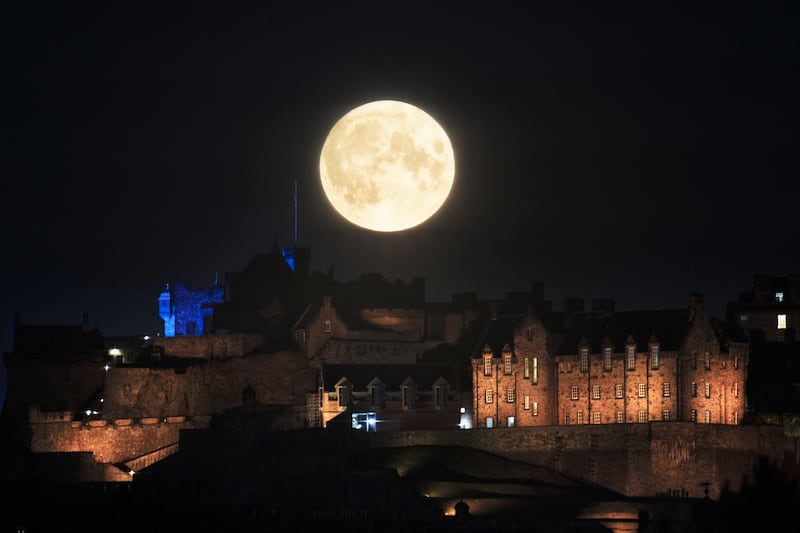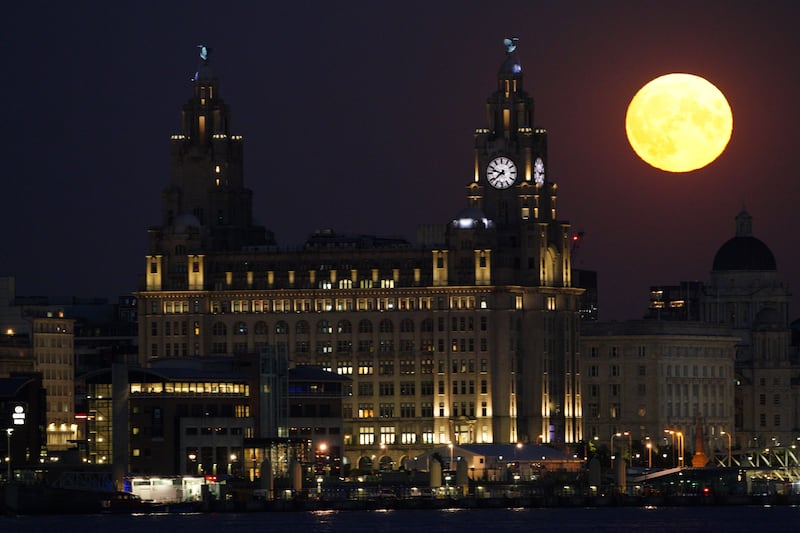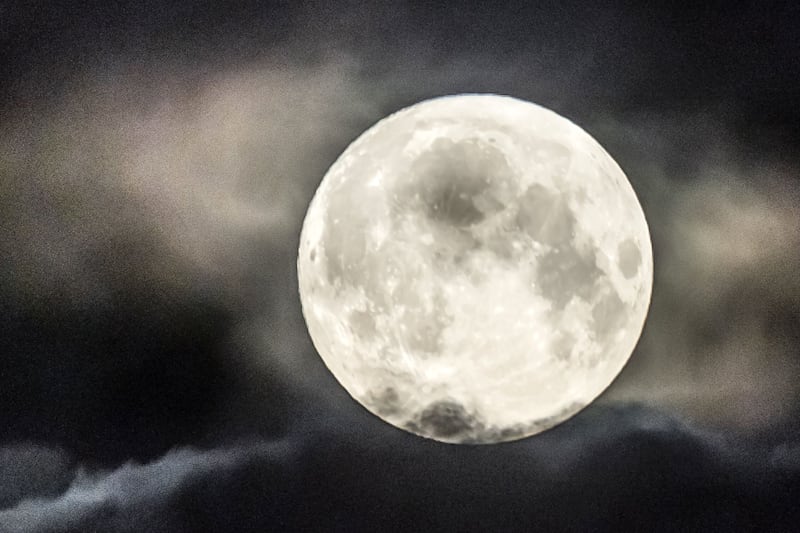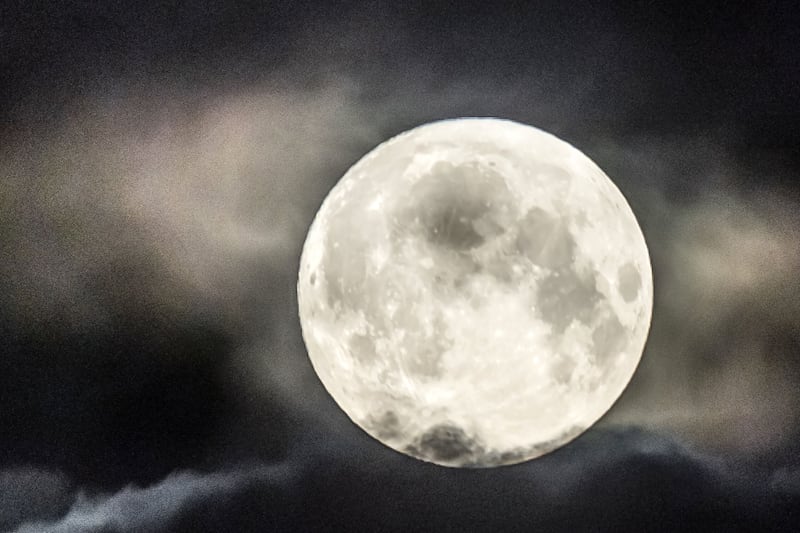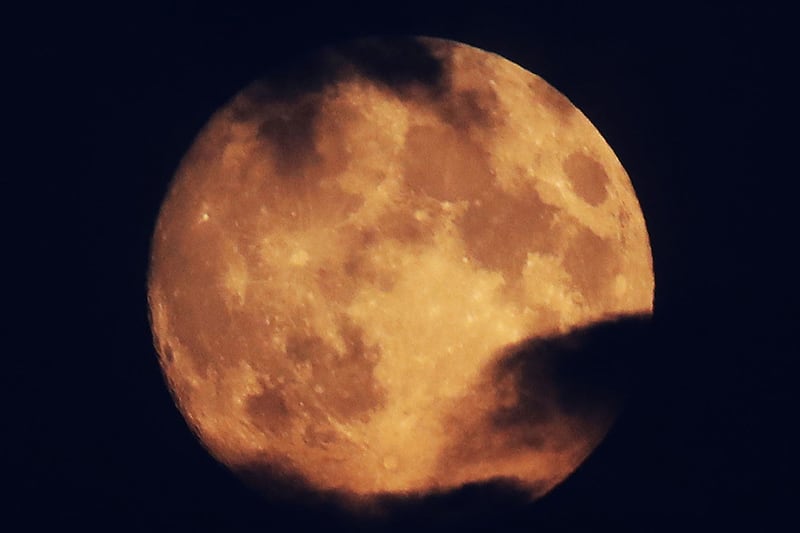The supermoon is going to be visible from the Northern Ireland night sky on November 14 and it’s going to be one of the biggest and brightest lunar events of the 21st century.
This is because for the first time since 1948, the full moon will be nearest to Earth and it won’t get this close again until November 25 2034.
So obviously, you might want to get your cameras out and take photos of this rare occasion.
Astronomy photographer Andrew Whyte shares his tips for capturing spectacular pictures of supermoons:
1. Do your research
To make sure you have the best views, do your research on moonrise times and positions.
Bear in mind that sometimes it can be difficult to tell whether the moon is a supermoon or not. This is because the moon is too far away for our eyes to perceive the change in distance.
But if you have buildings, trees or the horizon to compare it to, it might appear larger than usual – this is known as “moon illusion”.
“Try to include a landmark feature in your image but make sure there’s nothing in the background that can obstruct your view of the moon – tall buildings, for instance, or in more rural settings, a copse of trees or distant hilltops,” says Whyte.
2. Try and minimise vibrations
Anything that causes the camera to vibrate can lead to a loss of sharp detail in the final image. The last thing you want is to spend hours outside trying to get photos only to find all your shots are blurred or a touch out of focus.
“A solid tripod and cable release helps to minimise such potential for movement,” says Whyte.
“It’s particularly important on camera/lens combinations (like the ones I used for this shoot, the α7R II and 70-200 GM), which combine very high resolution and incredible optical resolving power.”
3. Take control of your camera
Setting the camera to ‘Auto’ mode might be an easy way to take photos, but it doesn’t always give you best results. Most photographers prefer to work in ‘Manual’ mode where they have more control over the settings, but you can always opt for a compromise and go for ‘Shutter’ or ‘Aperture’ priority.
“I prefer to shoot in ‘Manual’ mode but ‘Shutter’ priority can also be used – these can be found respectively in the M and S positions on the Camera Mode dial,” says Whyte.
“In either case, it’s important that you tell the camera what shutter speed to apply, then adjust brightness using ISO (Manual mode) or the Exposure Compensation dial (Shutter priority).”
Whyte says the general advice is to select a shutter speed that’s numerically the same (or higher) than your lens length – this will help avoid any further movement exaggerated by the longer lens.
So if you are using a lens with focal length of 200mm, then set your shutter speed at 1/200s or higher, or if you are using a 400m lens, then your shutter speed should approximately be 1/400s or higher.
4. Think about your focus
Whyte says if you are using a telephoto lens, you might have to compromise over which parts of your scene to have in focus.
“Choosing a subject that’s distant but large gives you the best chance of retaining sharp focus across the whole scene,” says Whyte.
“The moon is large enough and bright enough to allow you to use autofocus but you may prefer to focus manually.”
5. Keep shooting and look for incoming subjects
“Even the best-framed photo can be interrupted for better – or worse,” says Whyte.
“From an inopportune passer-by in the foreground to a well-timed bird or plane in front of the moon – take a few photos in quick succession for each composition.
“But watch ahead for anything entering or leaving the frame, as some ‘lucky’ shots are really the product of the photographer’s vision and anticipation.”
6. Stay out late and get creative
“As the moon rises higher and the sky darkens, so arrives the chance to change your shooting style, for instance by silhouetting different subjects against the moon’s bright surface,” says Whyte.
“Look for interesting forms in tree branches, or wildlife on a hillside.
“If you’re with friends, ask them to pose in front of the lens and frame them in front of the moon.”
Photographers Andrew Whyte and Albert Dros used Sony’s 70-200 G Master lens and α7 series cameras to take their photos.
